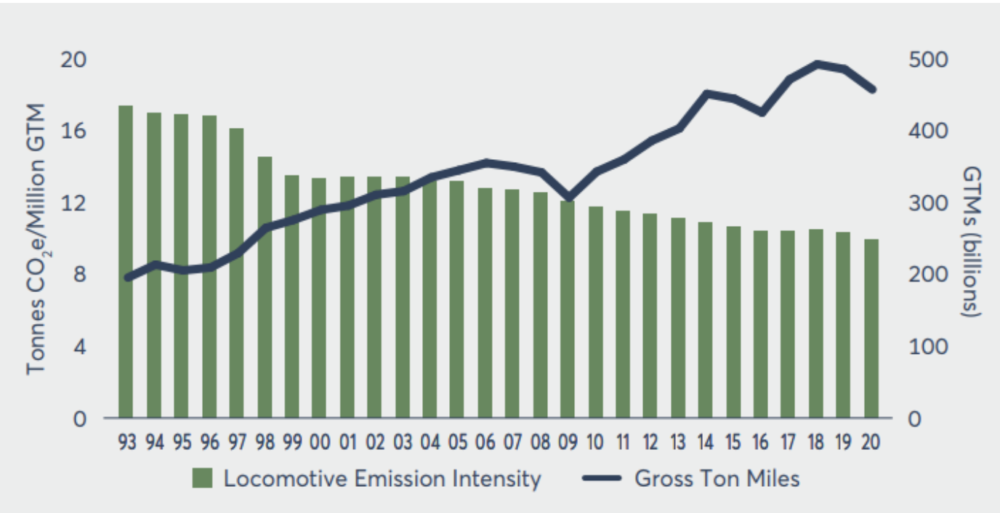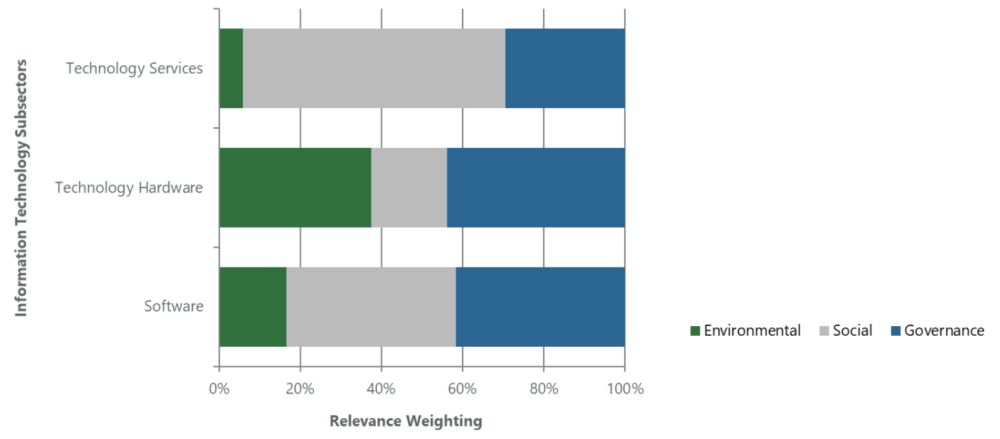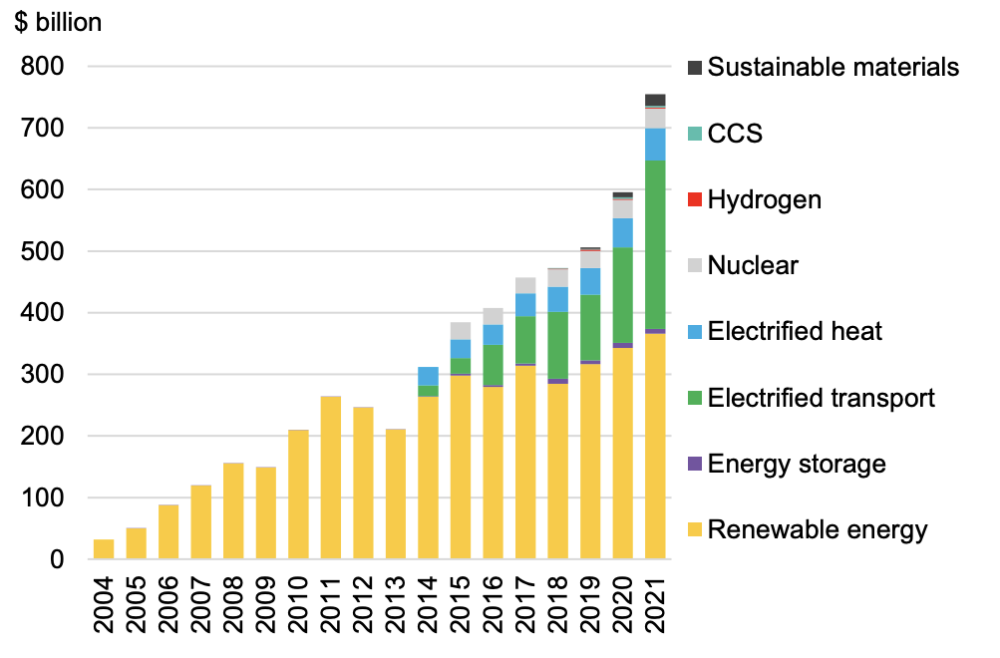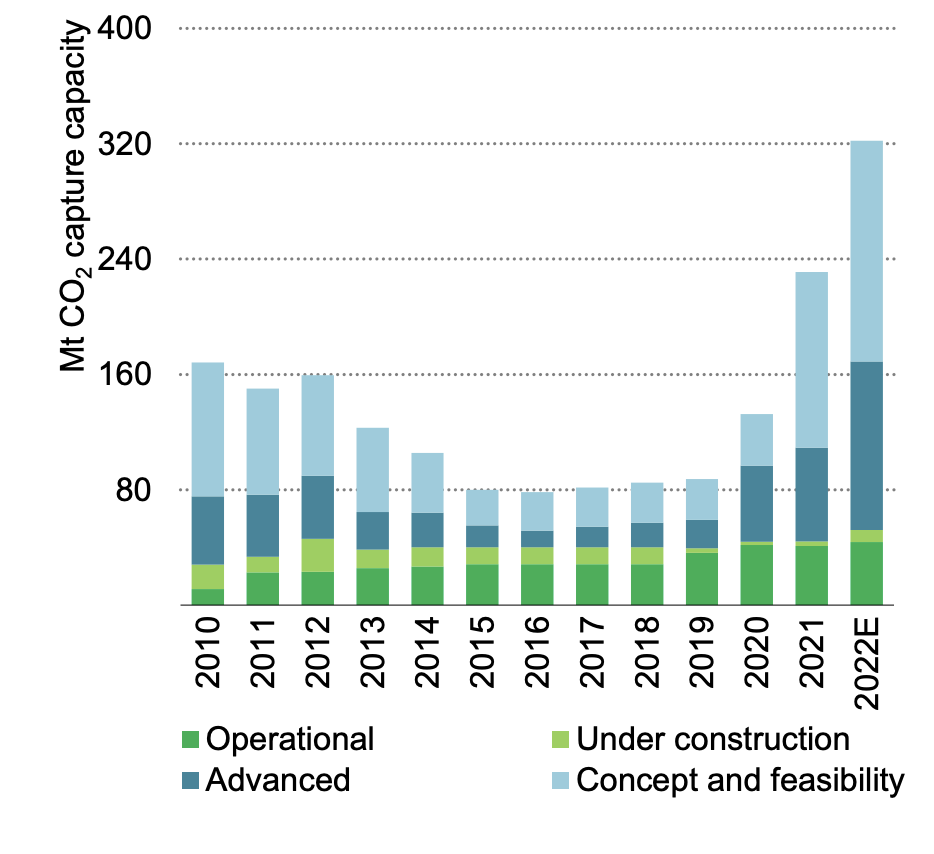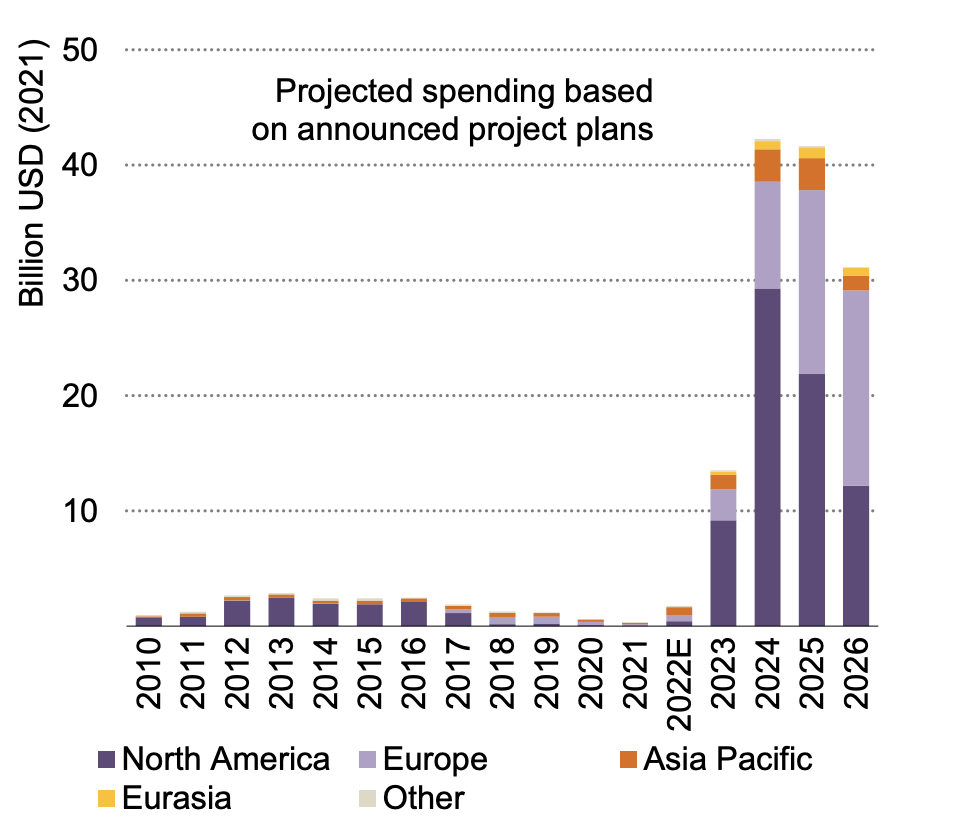Investors across the country recognize the importance of ensuring Canada’s transition to a net-zero economy distributes the benefits and challenges fairly among Canadians—often referred to as a Just Transition. At the center of the discussion are Canada’s Indigenous peoples, who have historically been excluded from the benefits of Canada’s economic successes, while also bearing the brunt of its environmental and social fallout. For investors today, this translates to Indigenous rights and reconciliation risks and opportunities related to their investments.
With Canada’s mining sector expected to grow to meet demand for the minerals and metals to green the world’s infrastructure, investors have to evaluate how companies are considering Indigenous reconciliation and rights issues in the near term. For example, as recently as October 2022, an Australian company walked away from two mining projects in Quebec due to opposition from the Kebaowek First Nation. There are various ways that these are material to investors, making improvements to related disclosures from issuers essential.
Why Corporate Disclosures on Indigenous Rights and Reconciliation Are Material
The moral case for ensuring Indigenous communities and their lands are treated appropriately is clear and self-evident for investors of all types; the Truth and Reconciliation Commission provides a historical account of past and ongoing atrocities committed against Indigenous peoples. The “business case” for investors is also substantial. It includes several key considerations:
- Delays – delays on large mining projects from failing to account for the impact of development on and near indigenous lands can cause major financial losses. Perhaps one of the most famous examples is the Dakota Access Pipeline (DAPL), originally estimated to cost $3.8 billion USD, which ended up costing the Energy Transfer Partners (ETP) closer to $7.5 billion. In its own court filings from the period, ETP estimated a year’s delay on the project would cost $1.4 billion, and even a temporary delay at $430 million, with demobilization costs alone $200 million.
- Public perception and partnerships – during the DAPL case, over $5 billion was divested from banks which funded the pipeline. Individual account holders, Indigenous tribes, and cities such as Seattle divested from Wells Fargo and other banks over concerns about the lack of responsiveness to Indigenous claims.
- Share prices – when it became clear via a lawsuit from the B.C. Court of Appeal that Minera San Rafael, a subsidiary of Pan American Silver operating in Guatemala, was not disclosing opposition from the local Indigenous Xinca communities, share prices fell from $27 to $5.
- Lawsuits – A string of lawsuits resulted from the above case, along with the suspension of the mining activities by the Guatemalan court. Legal disputes continue beyond Canada’s borders, with ongoing attention to international subsidiaries headquartered in Canada.
Many investors may still require guidance on how to ensure these issues are reflected in a company’s disclosures and in their investment decisions.
Approaches to Improving Indigenous Rights and Reconciliation Disclosures
A key step for many investors to consider is company Reconciliation Action Plans. These plans lay out clearly and publicly an organization’s goals and roadmap for how they will engage and collaborate with Indigenous communities, often in the context of key frameworks, including:
- United Nations Declaration on the Rights of Indigenous Peoples (UNDRIP)
- Truth and Reconciliation Commission of Canada: Calls to Action (TRC)
- Final Report of the National Inquiry into Missing and Murdered Indigenous Women and Girls (MMIWG), which includes calls to action specifically for the extractives industries in Canada
Reconciliation Action Plans are an important tool that investors can request and review to see how a company is progressing in its work towards improving Indigenous disclosures and beyond. Investors should look for quantifiable goals, clearly disclosed methodologies, and mechanisms that provide regular updates so stakeholders can gauge progress. Investors can ask follow-up questions even if no Reconciliation Action Plan is available, including how and where these and other frameworks are addressed.
Further questions investors can ask of their asset managers and issuers:
- What has been submitted to regulatory bodies/government or other third parties with respect to Indigenous permitting and disclosures? Where can investors and the public access this information?
- What issues have been flagged when carrying out due diligence with respect to Indigenous rights, title and lands? How is the company addressing them?
- How are subsidiaries and contractors/subcontractors accounted for and involved in this work? What are the processes and where is the reporting to ensure they also comply with the above?
While legislation which reflects much of the issues above may arrive soon in Canada, investors need not wait. The moral and business case is clear for investors. Asking these questions is a first step to ensuring due diligence in Indigenous rights and reconciliation disclosures, and ensuring material considerations for communities and portfolios are successfully managed.
We thank Joseph Bastien and the Reconciliation and Responsible Investment Initiative (RRII) for their contributions to the research involved in this article.
